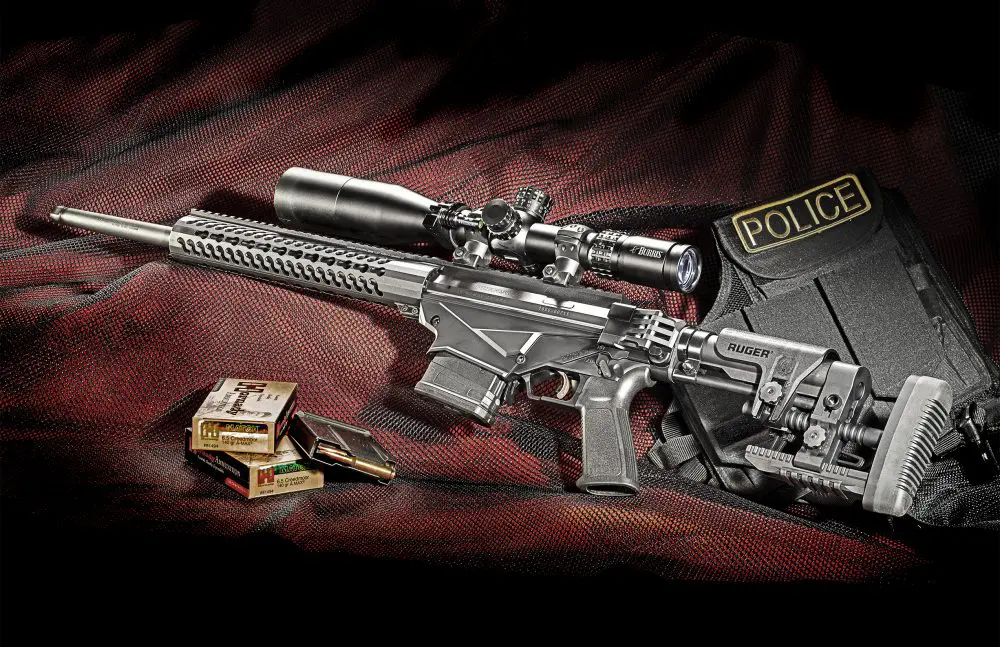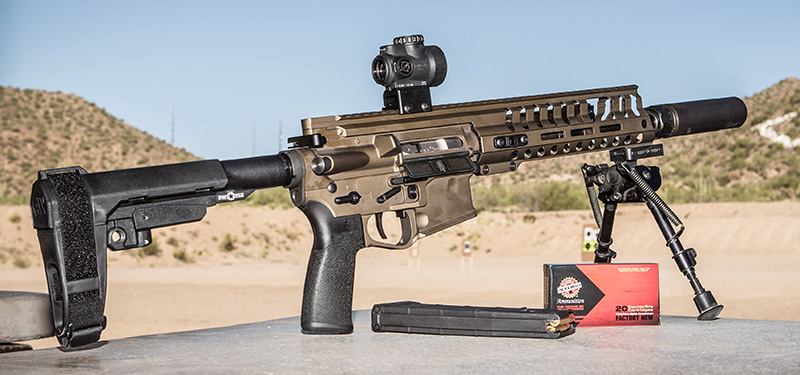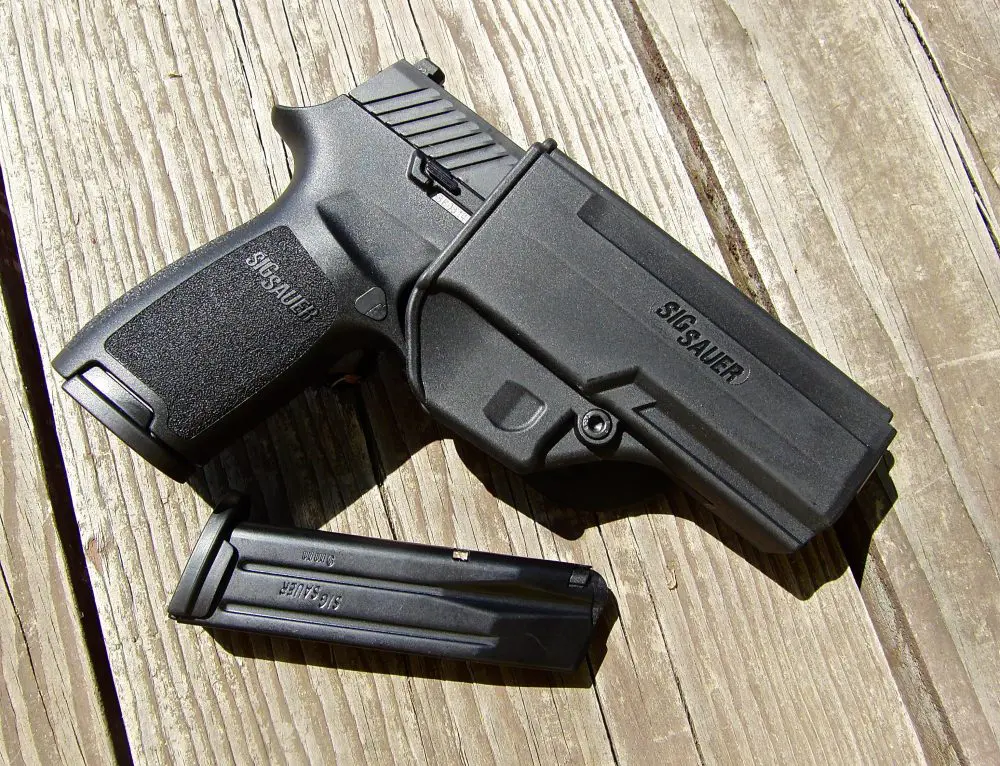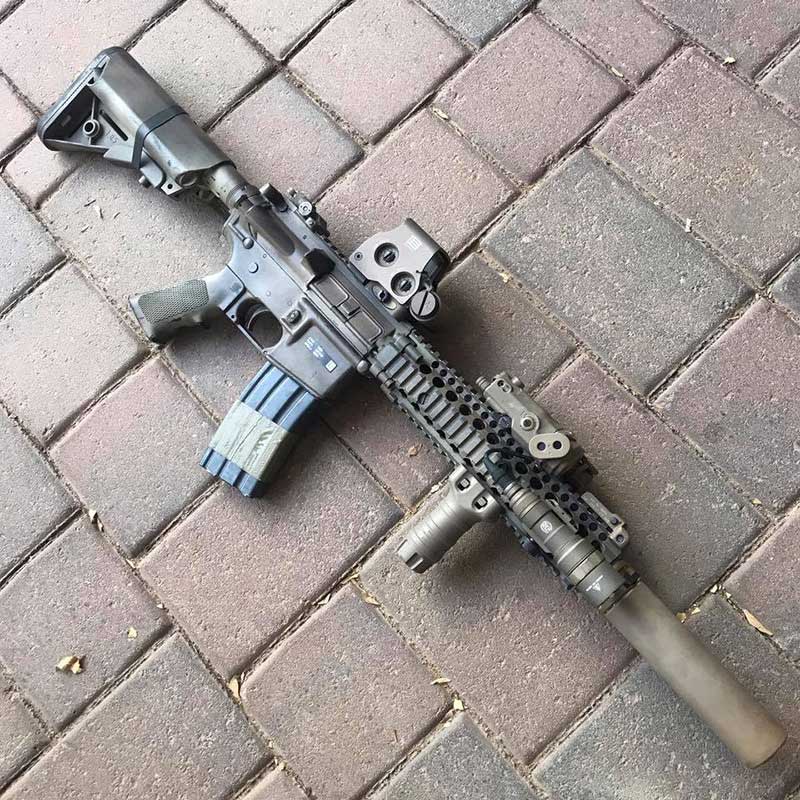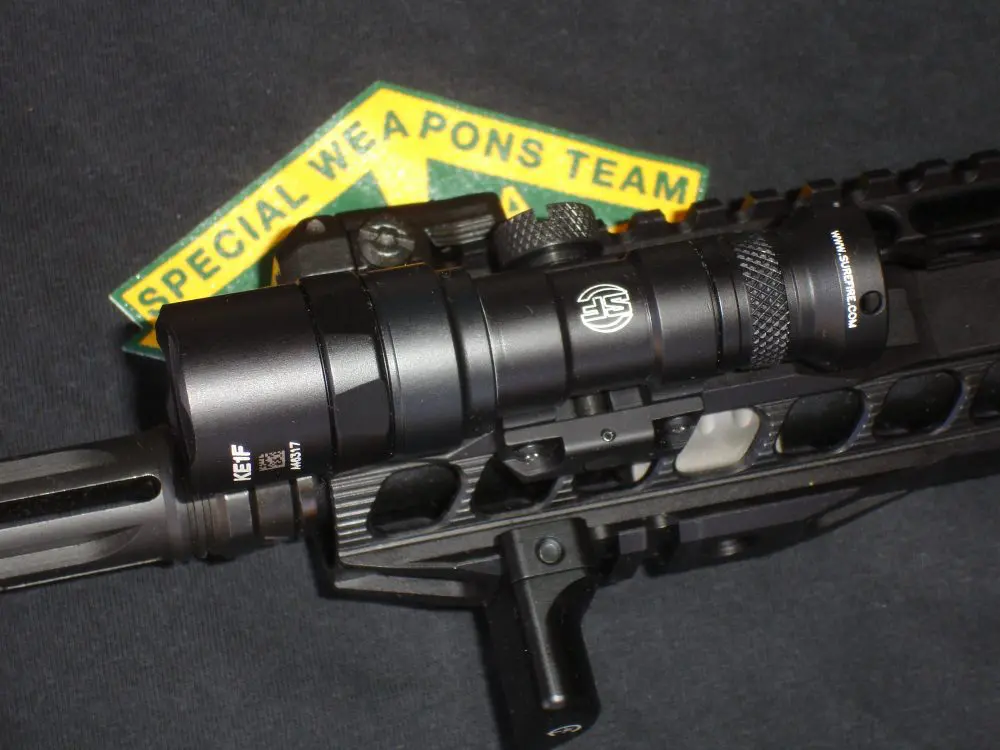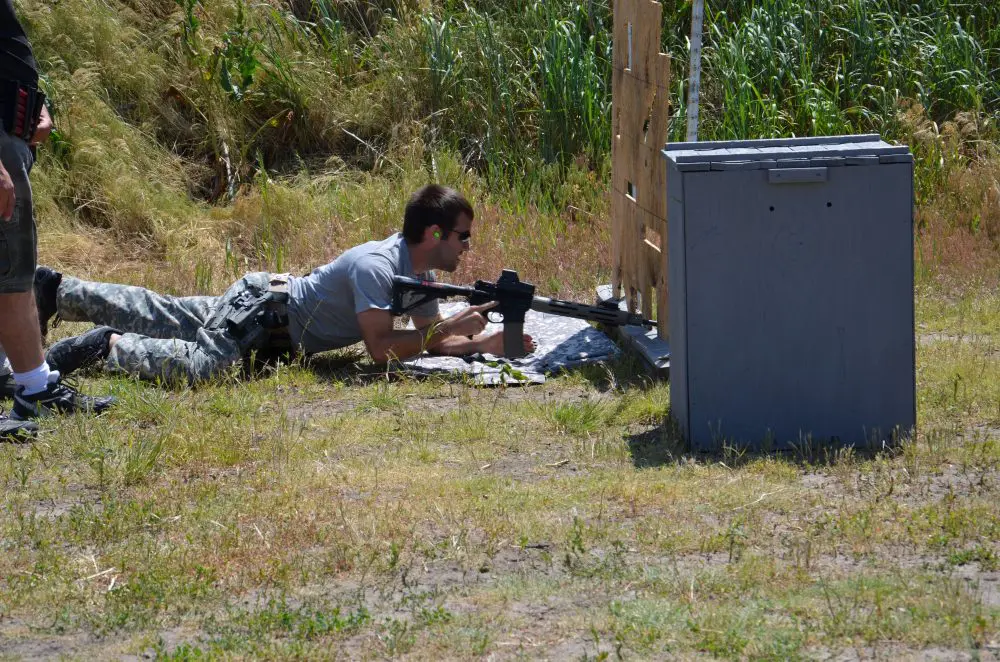In late September and early October there were three separate school shootings within the span of a week. These tragic incidents are not about to go away any time soon and, as a point of fact, they may increase.
During the 26 years I spent in the Metropolitan Division of the LAPD, one of its missions was not only to respond to active shooters, but to train the department to do so as well. Metro officers, due to their experience and tenure, respond with a full complement of equipment, backed with the training and tactical experience to immediately engage such shooters. Often field-grade patrol officers throughout the U.S. have a marked deficit of team training, coupled with limited equipment and sometimes sketchy leadership. One or all of these factors may determine whether or not an active shooter scenario is successfully resolved.
The first factor that must be overcome is the decision whether or not to immediately engage the suspect or wait until additional resources are brought to bear on the problem. This point has always been debated for the following reasons: Does the departmental policy in place allow for the extemporaneous address of such situations? More importantly, is supervision capable of facilitating such action?
If the active shooter scenario has never been addressed, let alone trained to, then responding officers will understandably be reticent to hazard either themselves or their careers to take on the necessary risks that this may entail. Closing the barn door after the horse is gone may be the norm as far as some agencies are concerned. In other words, should it occur in their jurisdiction, they’ll deal with it as best as possible when it comes, but for now, just pray it doesn’t happen.
For many agencies, limited funds, time and resources may drive the train on this more than anything else. Anyone who has worked in law enforcement for an extended period of time has seen this attitudinal response to many issues.
An active shooter may be externally or internally located—or a combination of both. The confusion on scene will understandably be high. Information from different directions and varied sources will be conflicting at just about every level. The officers on scene will have to process this information as best they can and decide whether or not to immediately act upon it. If shots are being actively fired, one would think that the decision would be fairly easy—yet there have been instances where officers seemed to procrastinate while victims were assaulted.
From an observer’s standpoint, the officers’ inaction may be frustratingly slow. The officer, on the other hand, is trying to assess how many shooters there are, where they are located and what his own chances are for coming out of this in one piece without exacerbating the situation and still being successful. If the officer has the proper training from an experienced instructor, including scenarios illustrating what one can realistically expect to encounter in an active shooter situation, he most likely won’t be so indecisive.
Statistically there’s a greater chance that officer(s) will be not only the first, but the only sources on scene for some time.), However, if supervision is on scene, they must act decisively in order to minimize the suspects’ actions. The department in this regard must ensure that officers understand that their actions, if reasonable, will be backed by the department at all levels. This means in-service (and practical) training to all departmental personnel to such an extent that decisions can be made by anyone, irrespective of rank, with the full confidence of the department’s position in this regard.
We have conducted a number of classes for departments and interconnected agencies across the country regarding this very matter over the years. The training itself must be of a practical nature in settings that allow for the most realistic experience possible. We incorporate both situational simulations along with live-fire scenarios that blend the two into one overall product that the officer readily comprehends and can subsequently apply in the field. Anything short of this can only be partially incorporated into real-world settings—half training results in half measures.
The first responders must understand that if they do move on a problem, they will undoubtedly hazard themselves beyond that which they normally do. You, as a shooter, would be venturing into a chaotic scene with little or no understanding of the total picture, the layout of the location, the armament and perhaps number of suspects or even the attire of the suspects. The unpredictable nature of victims—coupled with the fact that there may be a lot of them—can really throw a wrench in the gears. While containment and negotiation may be an ideal response in an ideal world, a mounting victim count may preclude this altogether.
If one looks to Hollywood for the last work on police situations, then it logically follows that there is always a SWAT team on scene. Most likely this will not occur in active shooter scenarios. Many tactical teams are composites of interacting agencies that must respond from all points on the compass. Even in Los Angeles, where the “D” team members have take-home vehicles with all their equipment, response time may be pushing 45 minutes depending on location, time of day and traffic (read parking lot for the freeways). It will be the first officers on scene who most probably set the stage for success or failure.
There is one mitigating psychological factor that I believe may play a pivotal role in determining how officers respond: a workplace shooting versus a school or public shooting where children are involved. It is not that one victim is worth more than another, but the fact that children are pretty much at a suspect’s mercy—plain and simple. If you have children, you’ll understand. A decision to move here may be predicated on the understanding that their lives are quite literally in your hands.
Whatever the causal nature of active shooters, it is a problem that will not go away in the foreseeable future, and departments should train to it.
[Scott Reitz is a 30-year veteran of the Los Angeles Police Department and the director of the highly acclaimed International Tactical Training Seminars. Course information and schedules are available at their website at www.internationaltactical.com or by email at [email protected].]

